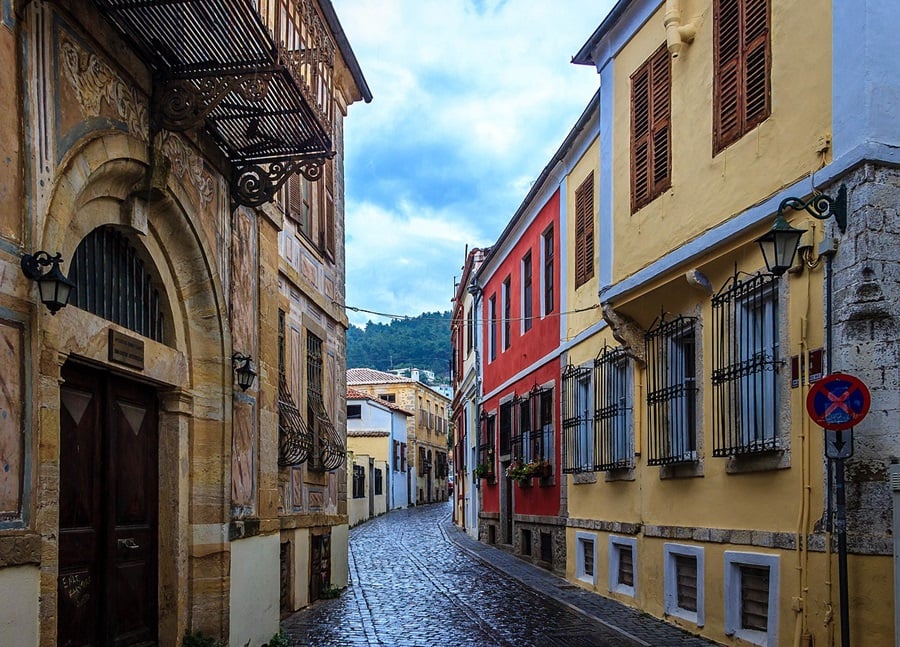
The Old Town of Xanthi in northern Greece is a beautiful destination steeped in history and characterized by rare architecture influenced by the many different cultures in its past.
Amphitheatrically built on the foot of Rhodope mountain chain, the city is divided by the Kosynthos River, into the west part, where the old and the modern town are located, and the east part which boasts a rich natural environment.
The Old Town of Xanthi is known throughout Greece for its distinctive architecture, combining many Byzantine Greek churches with neoclassical mansions of Greek merchants from the 18th and 19th centuries and Ottoman-Era mosques.
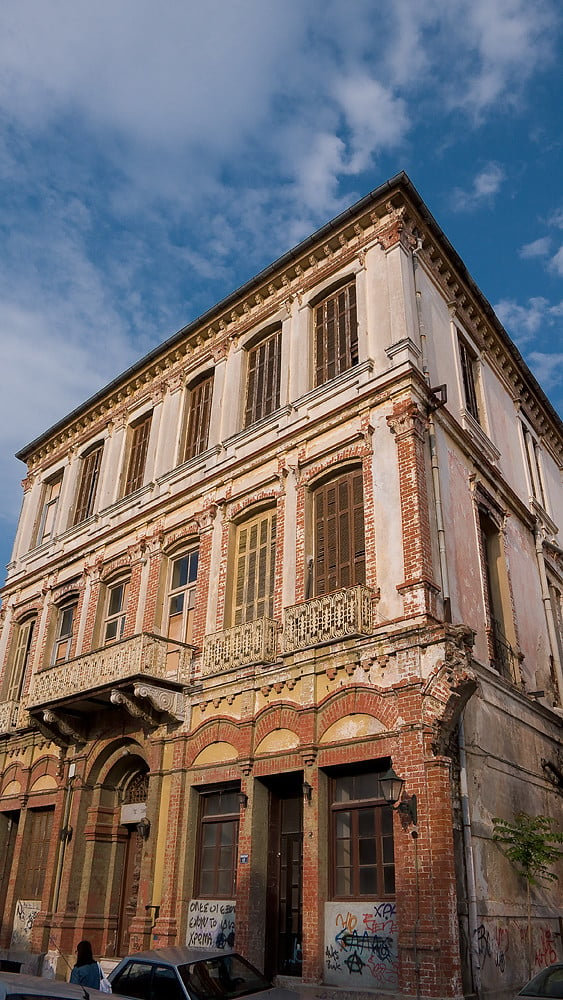
In 1976 it was declared a protected settlement with over 1,200 classic buildings classified as landmarks. The buildings have been standing since the early 19th century, and the alleys and streets between them are mostly pedestrianized.
The buildings have certain specifications, and owners of houses in the Old Town have to follow specific construction laws to renovate or alter their homes.
The Old Town in Xanthi: A mystical allure
Many buildings in the Old Town date back to the Ottoman period and their architecture is characterized by elements such as overhanging upper floors, wooden balconies, and colorful facades.
The Ottoman influence is evident in the layout of streets and the design of traditional houses. Xanthi still has a sizeable population of Muslims.
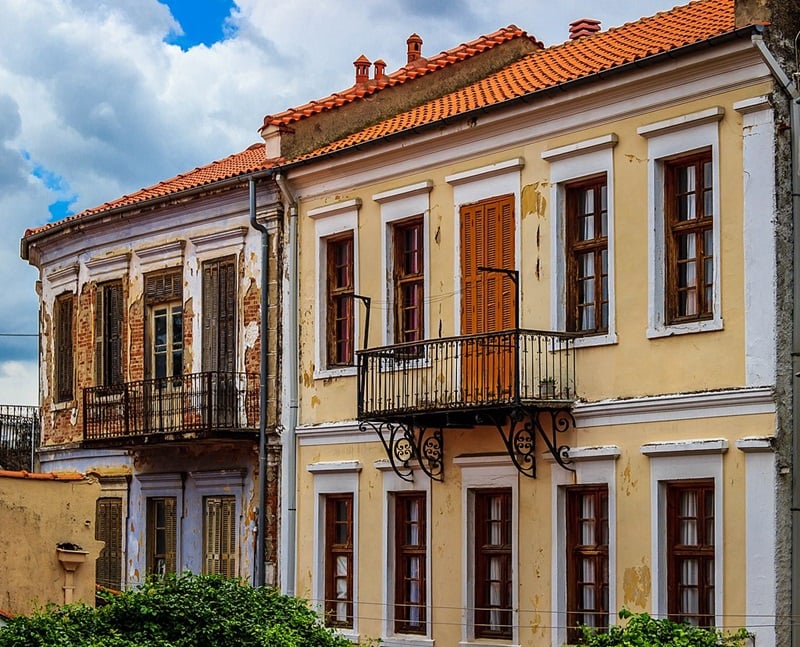
The houses in the Old Town are often two or three stories high, with the ground floor typically used for storage or workshops. The upper floors served as living quarters and feature wooden elements such as balconies and ornate windows.
The narrow streets are paved with cobblestones, adding to the charm of the area. Wandering through these streets, visitors can admire the well-preserved architecture and discover hidden corners.
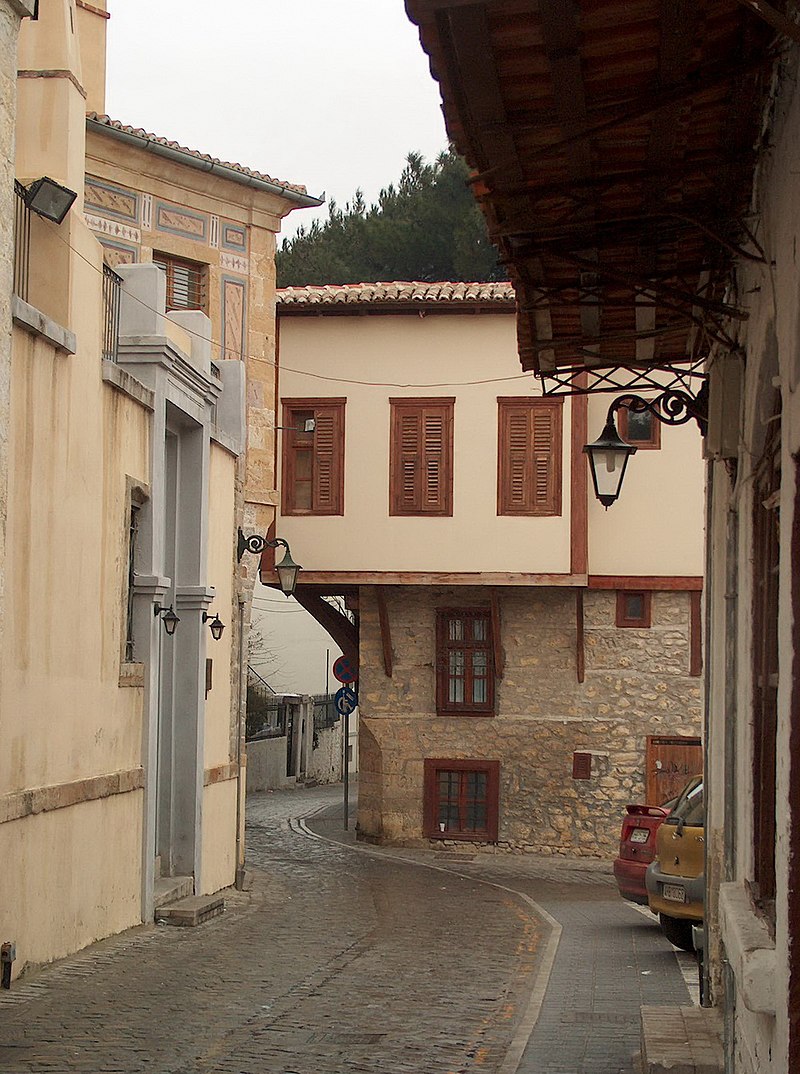
Many buildings in the Old Town are adorned with vibrant colors, creating a lively and visually appealing environment. The use of bold hues adds to the uniqueness of the architecture and contributes to the overall atmosphere of the area.
There are intricate architectural details on the facades of buildings, including decorative elements, carvings, and inscriptions. These details often tell a story about the history and cultural influences that have shaped Xanthi over the years.
Xanthi, the birthplace of famous Greek composer Manos Hadjidakis, is known for its vibrant folk traditions, including music, dance, and festivals that celebrate its diverse cultural influences.
The iconic clock tower, known as the “Old Clock,” stands as a symbol of the city’s past and offers panoramic views of the surrounding area.
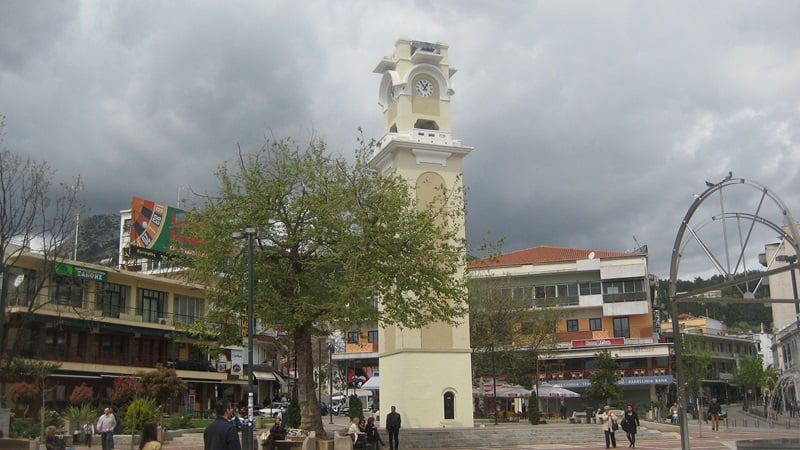
Xanthi was known for its prosperous tobacco trade. The grand remnants of this era can be found at the entrance of the railway station, where the old tobacco houses stand.
These architectural gems narrate the past glories and the economic prosperity of the city. In the future, the tobacco houses will likely be developed into cultural sites.
No other city in Greece has associated its name with the period of the tobacco boom (1880-1925) as much as Xanthi. The dynamics of both trade and the quality of tobacco gave the city a new breath and glamour for the standards of that time.
The first large tobacco shop opened its doors in Xanthi in 1890, offering its employees high wages and the prospect of a better future. In just a few years Xanthi will be established as the metropolis of the highest quality oriental tobacco, Basma or Yenidje Tobacco. Large tobacco companies with multinational reach were investing in the region during this period.
See all the latest news from Greece and the world at Greekreporter.com. Contact our newsroom to report an update or send your story, photos and videos. Follow GR on Google News and subscribe here to our daily email!



